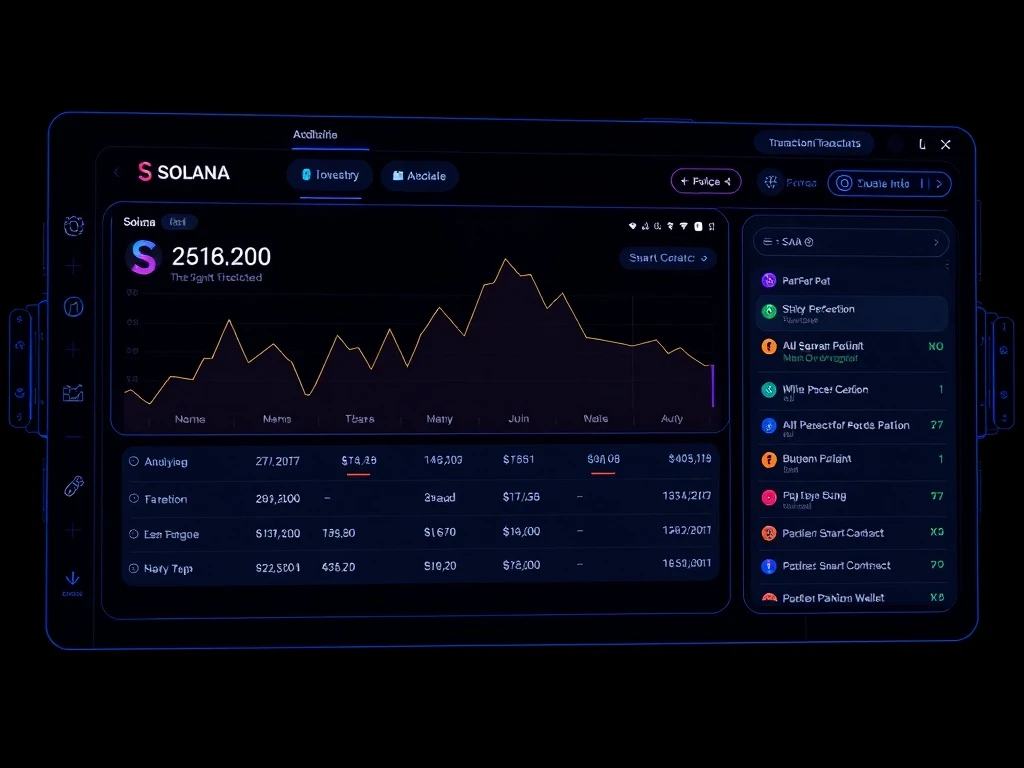Solana News: How Blockchain Explorers Revolutionize On-Chain Due Diligence for Savvy Investors

In the fast-paced world of cryptocurrency, staying informed is crucial. Blockchain explorers like SolScan, BaseScan, and Etherscan have become indispensable tools for investors conducting on-chain due diligence. These platforms provide transparent access to transaction histories, smart contract details, and wallet activities across networks including Solana, Ethereum, and Base L2.
Why Blockchain Explorers Matter for Crypto Research
Blockchain explorers serve as the backbone of crypto research by offering:
- Real-time transaction tracking
- Smart contract verification
- Wallet activity monitoring
- Token distribution analysis
How to Use SolScan for Solana Network Research
SolScan provides detailed insights into Solana blockchain activities:
| Feature | Description |
|---|---|
| Transaction Details | Signature, block number, timestamp, fees |
| Token Transfers | SPL token movements and DeFi activities |
| Wallet Analysis | Complete transaction history and balance |
Comparing Major Blockchain Explorers
While SolScan specializes in Solana, other explorers offer similar functionality:
- Etherscan for Ethereum
- BaseScan for Base L2
- Similar interfaces with network-specific features
Conducting Effective On-Chain Due Diligence
Smart investors use these tools to:
- Verify project claims
- Track developer wallets
- Analyze token distribution
- Identify potential red flags
The Future of Crypto Research Tools
As blockchain technology evolves, these explorers continue to add features that empower investors with unprecedented transparency in the crypto space.
Frequently Asked Questions
Q: How do I check a transaction on SolScan?
A: Simply paste the transaction hash or wallet address into SolScan’s search bar to view all details.
Q: Can I see smart contract code on blockchain explorers?
A: Yes, Etherscan and BaseScan display verified contract code, while SolScan shows program details.
Q: How can I identify developer wallets?
A: Look for the Contract Creator field on EVM chains or analyze token distribution for significant holdings.
Q: Are blockchain explorers completely reliable?
A: While they provide accurate on-chain data, interpretation requires additional research and context.









